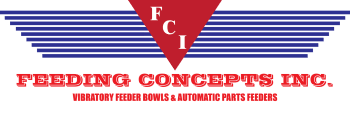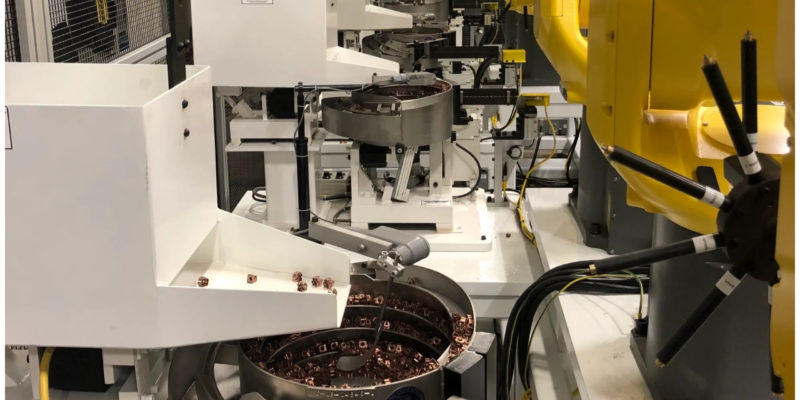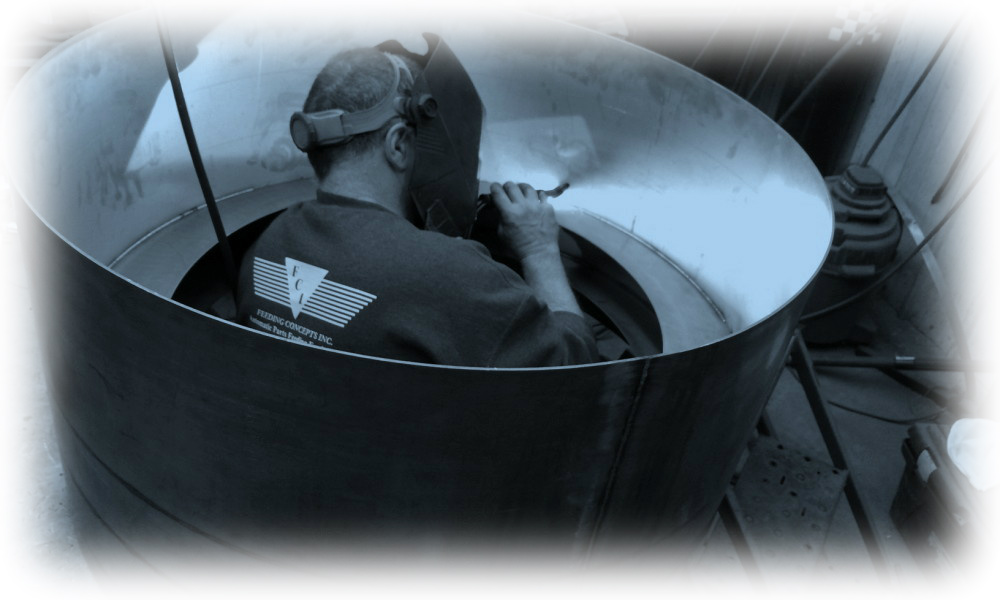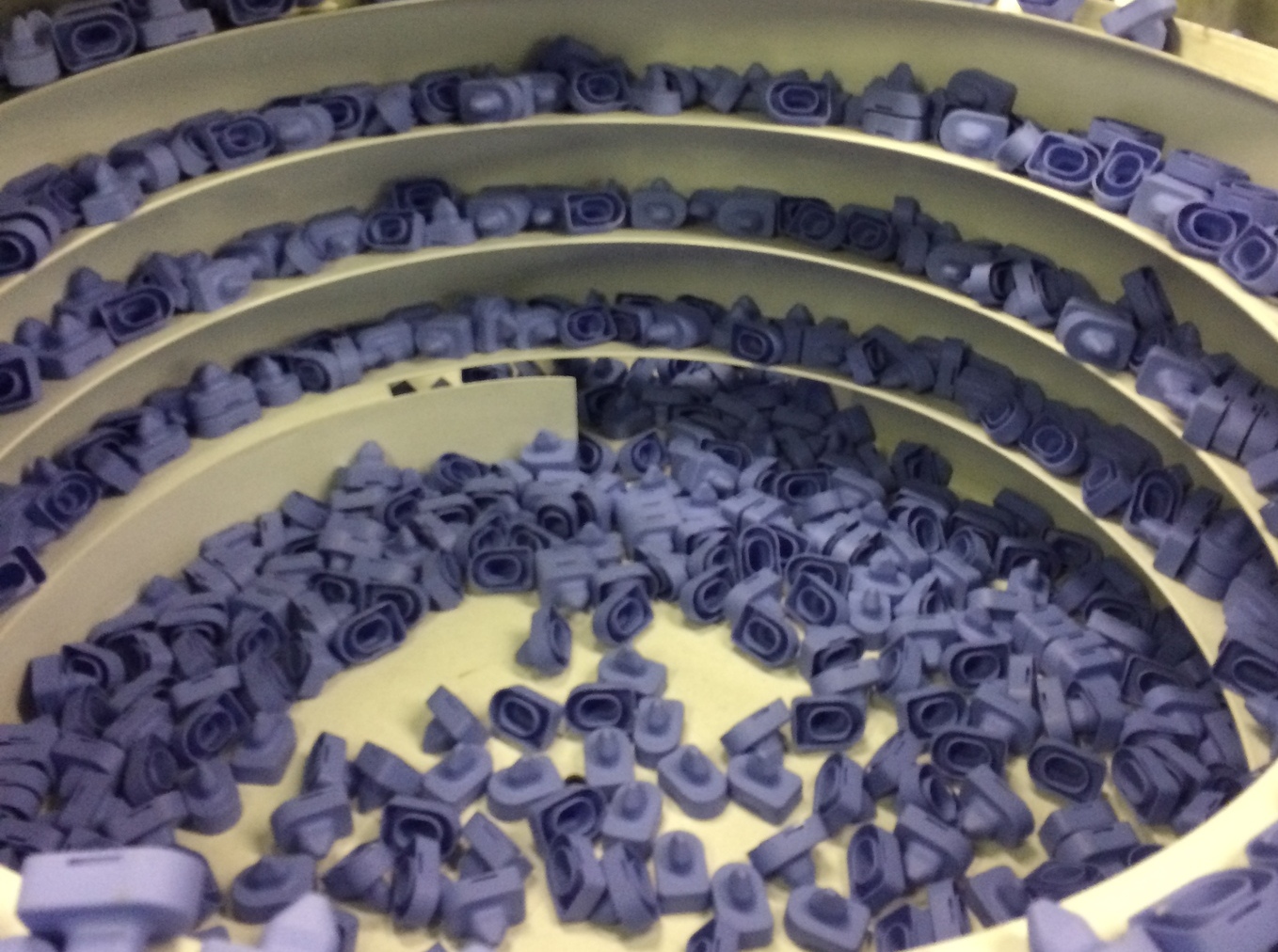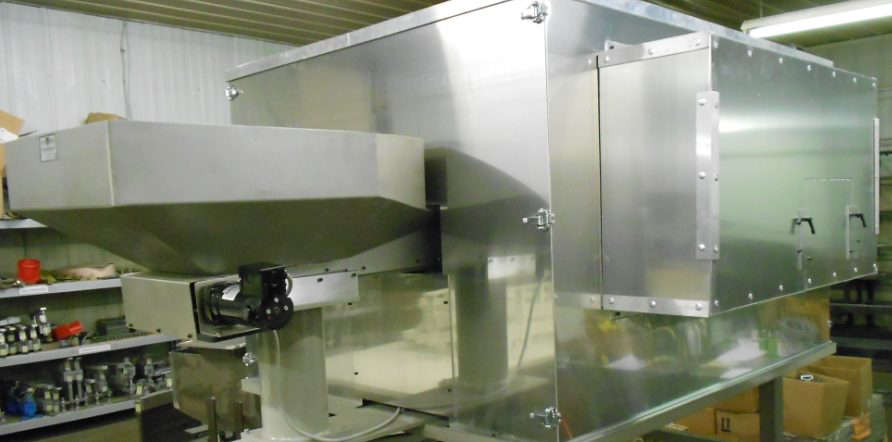When it comes to part presentation on a robot and/or pick & place mechanism you may want to consider using a feeder bowl to successfully present your parts. Hand loading has many restrictions for a typical station that requires the operator to be at a safe distance away from any moving parts. It’s important not only to just look at safety restrictions but also guarantee the pick & place has enough parts buffer to meet each cycle. Providing a fully automatic feeding solution is the best way to successfully solve this problem.
Integration
Existing single station and multi-station lines can easily be integrated with a parts feeder system. Our builders and engineers design these systems to work with the existing tooling and fit within the already existing real estate footprint. Making the system robot friendly is a critical area that our team is very familiar with. Some of these requirements may include providing enough clearance for the customers gripper to successfully pick one part a time. Or providing a dead nest track section for a robotic EOAT pickup point.
Positioning
FCI Vibratory Bowl Feed Systems can be modified to feed in a left hand(counterclockwise) or right hand(clockwise) configuration depending on where the track outlet needs to be positioned. Other modifications like rotating the hoppers to one common side or adding “L” shape plate cutouts can make things easier to fit an existing cell. This keeps things ergonomic and allows for a seamless installation.
Controls
Need to monitor each feeder through an HMI? How about getting signals back for a low hopper or low track? Our controls engineers can provide the right contact signals to allow for seamless communication into the feeder controller. Some of these signals may include dry contacts, low voltage input switching for controller on/off, and remote input for external speed adjustment/frequency adjustment. Other I/O options are available upon request for controlling each feeding station.
